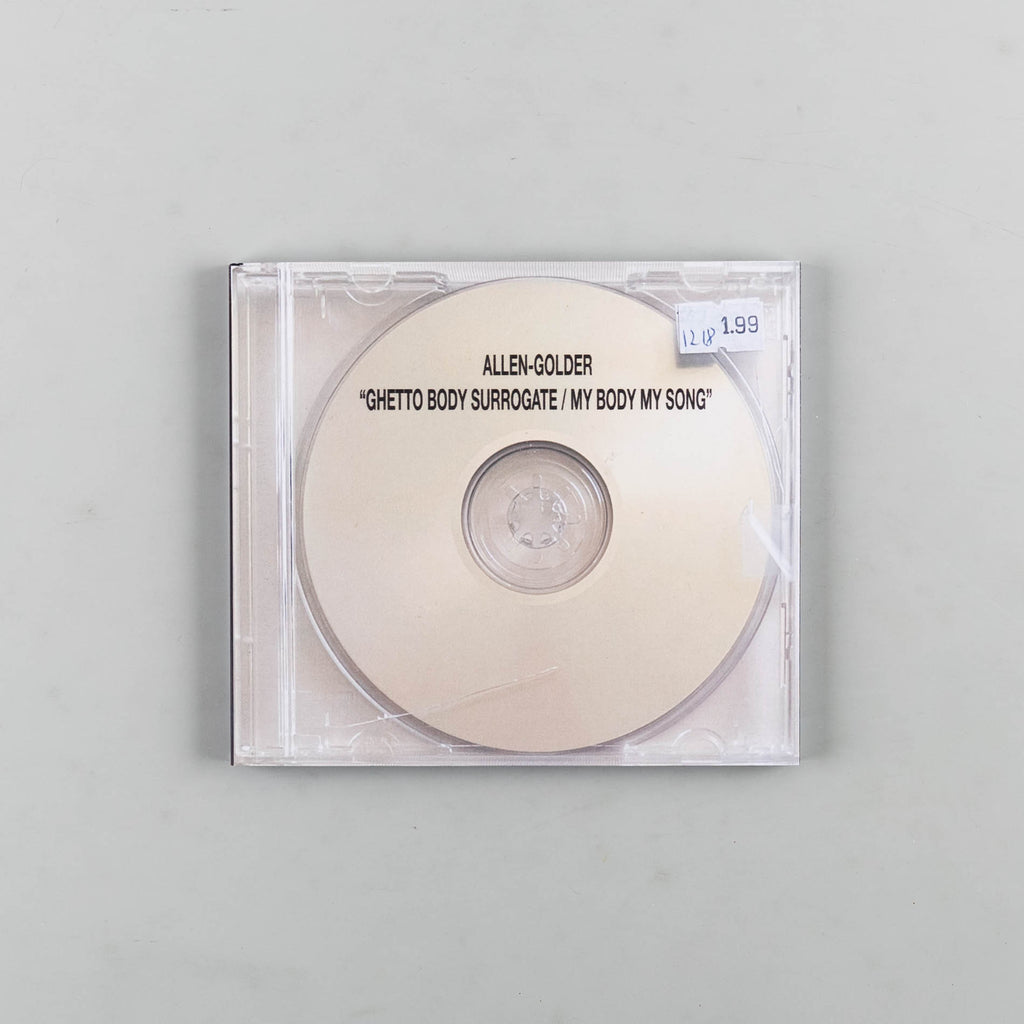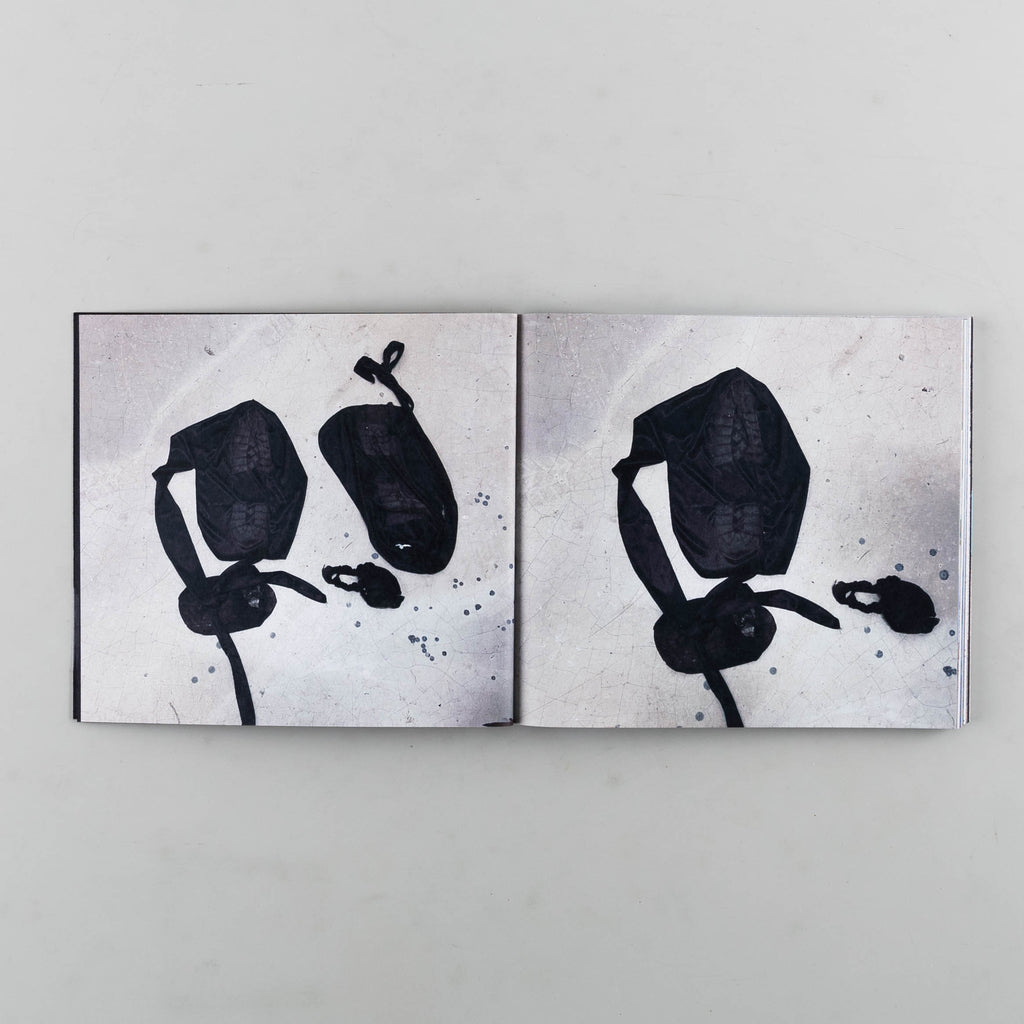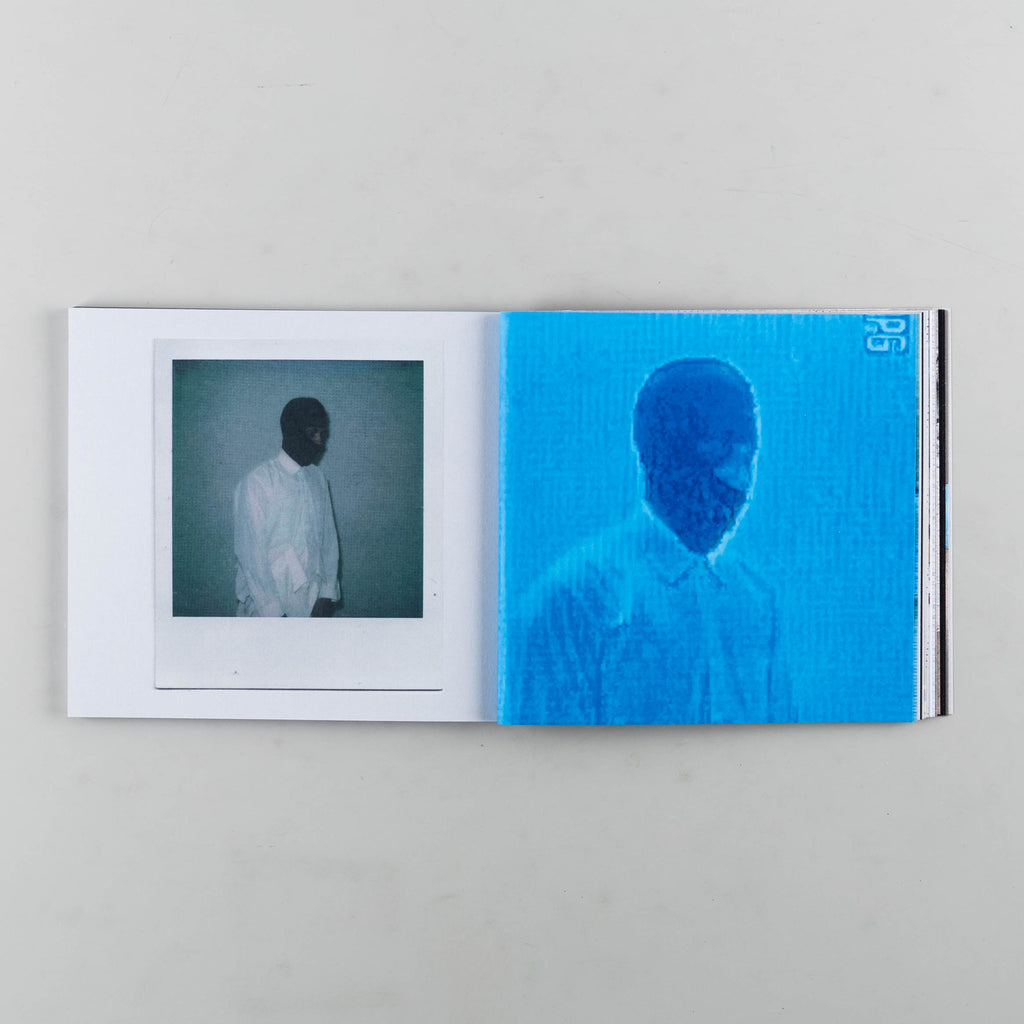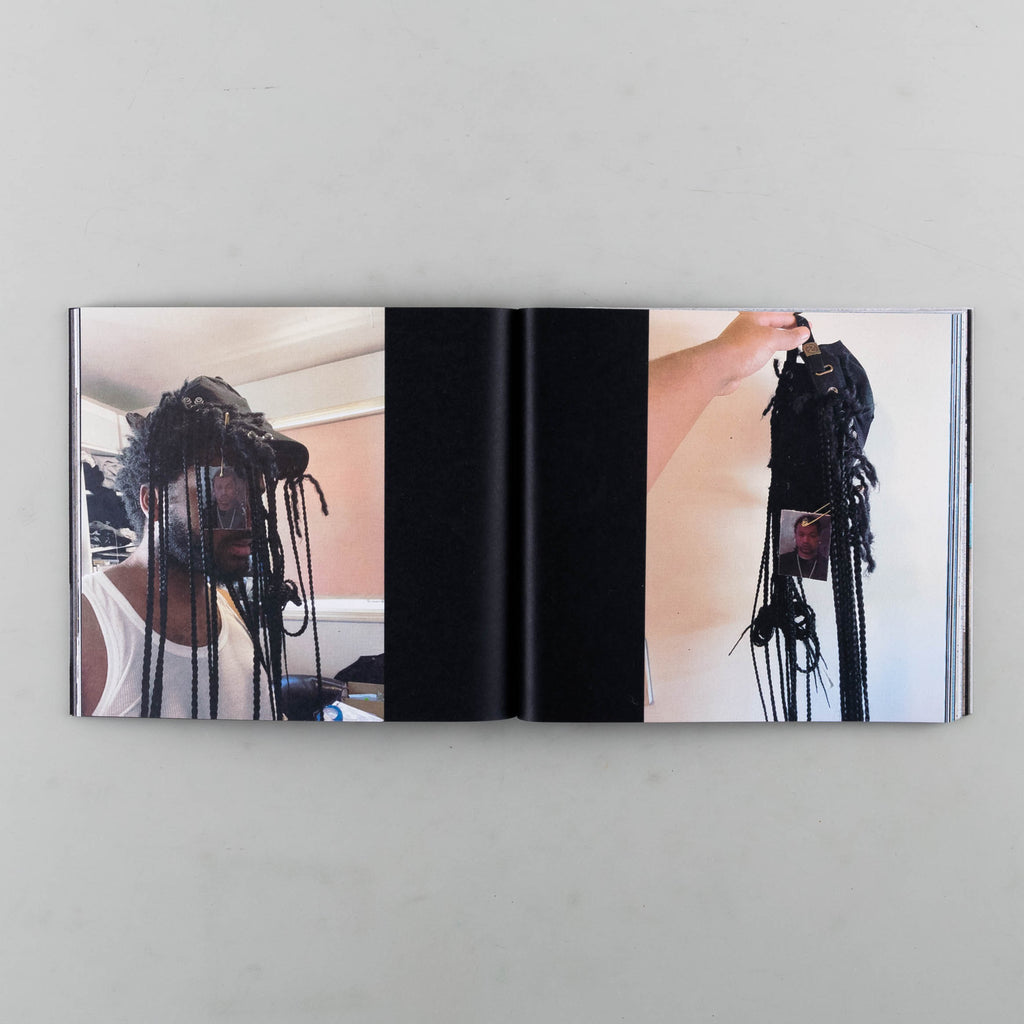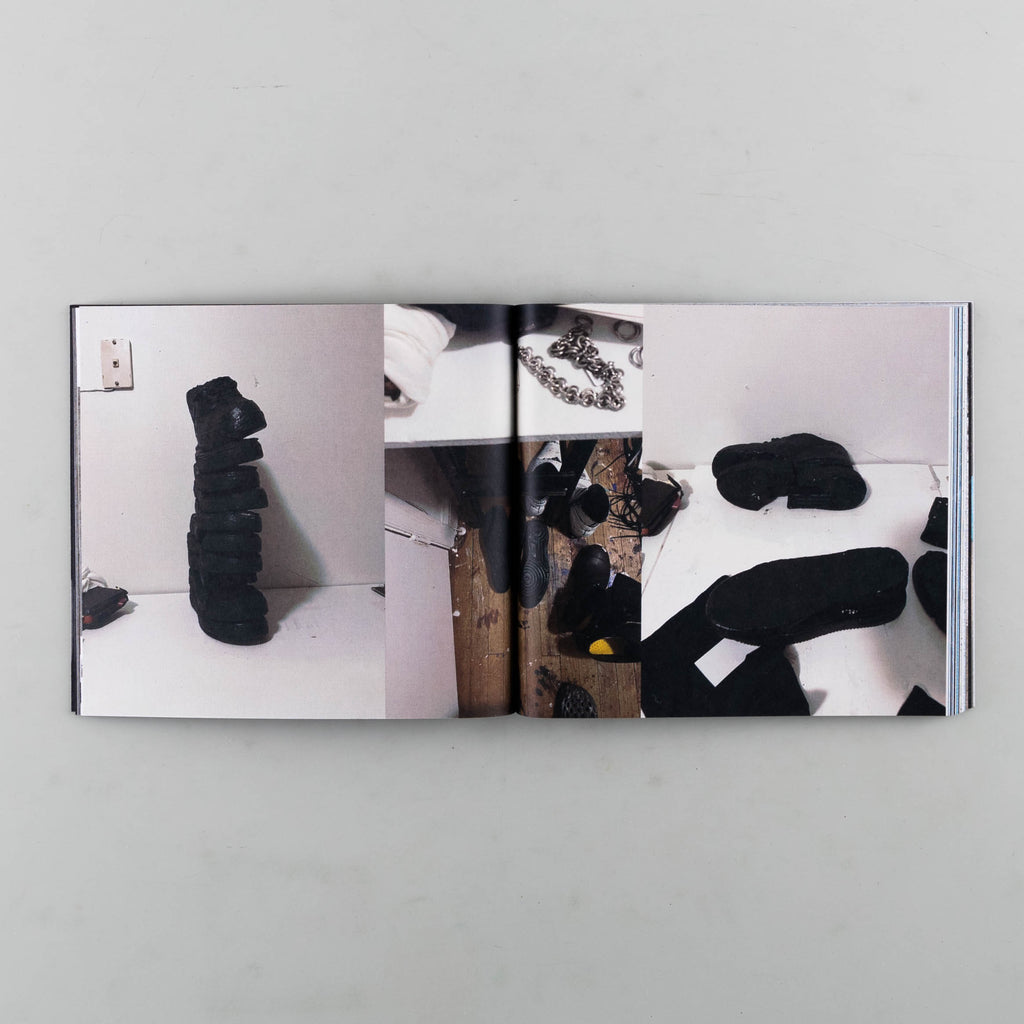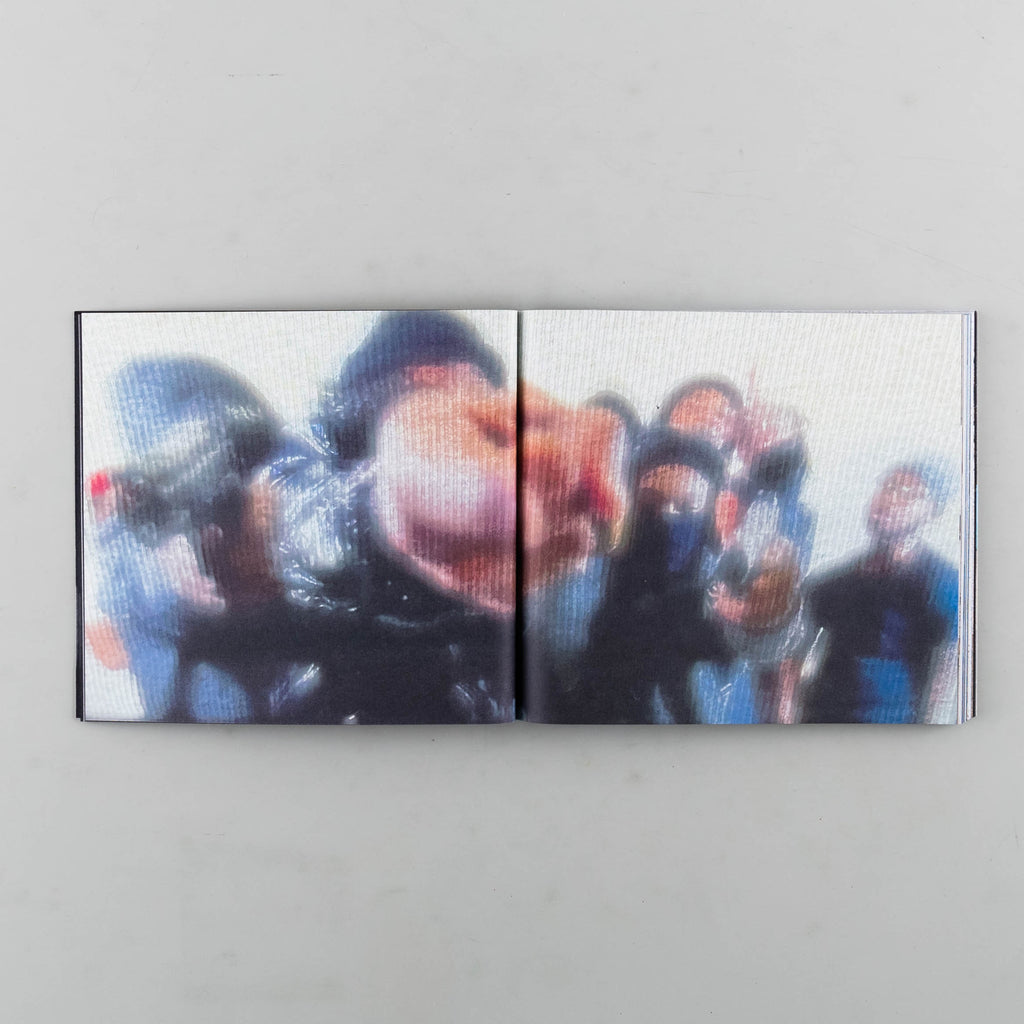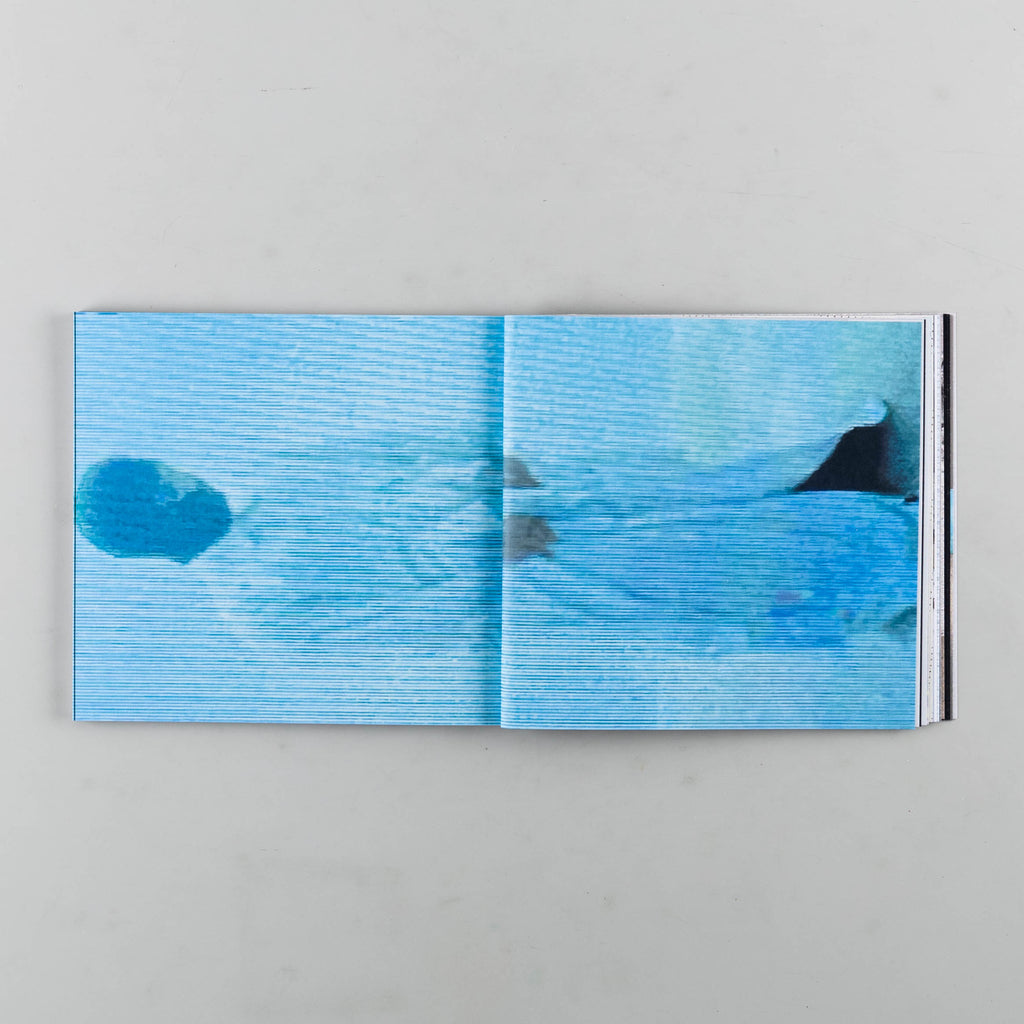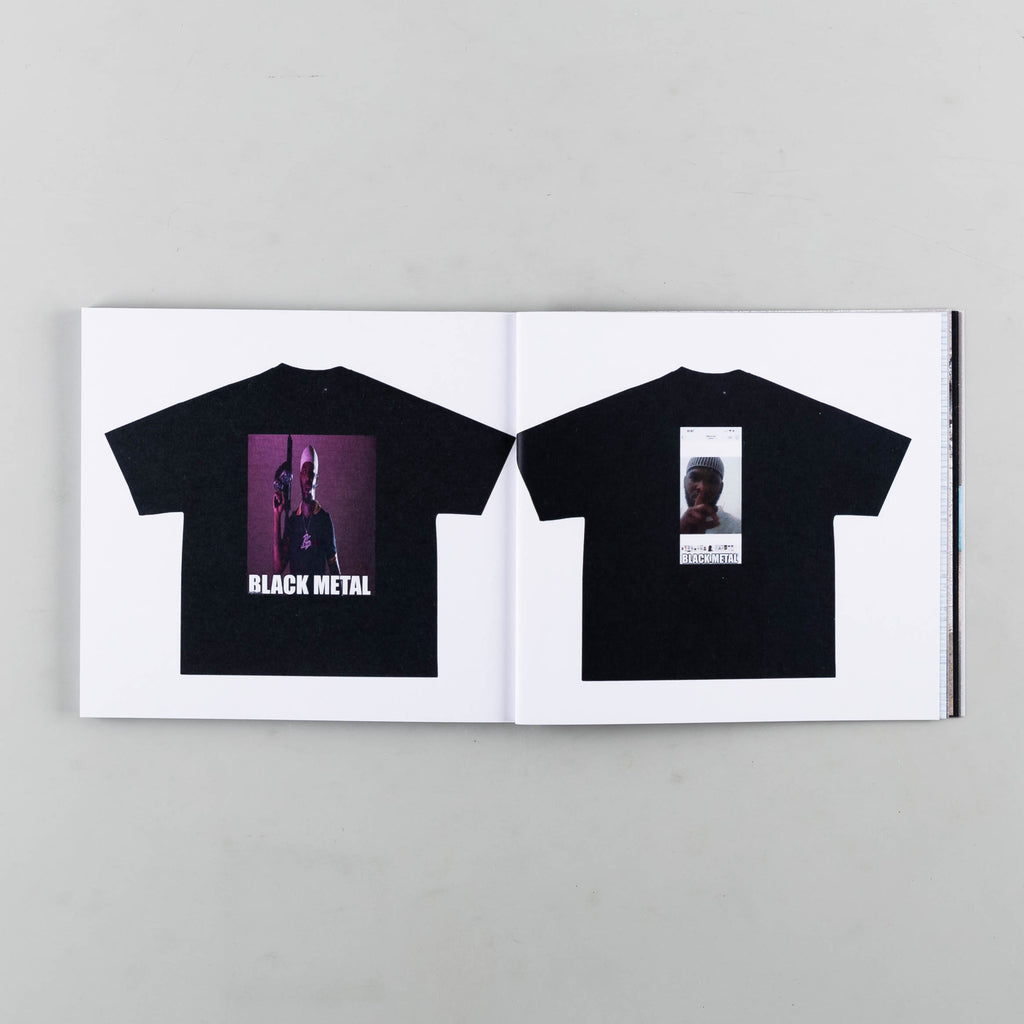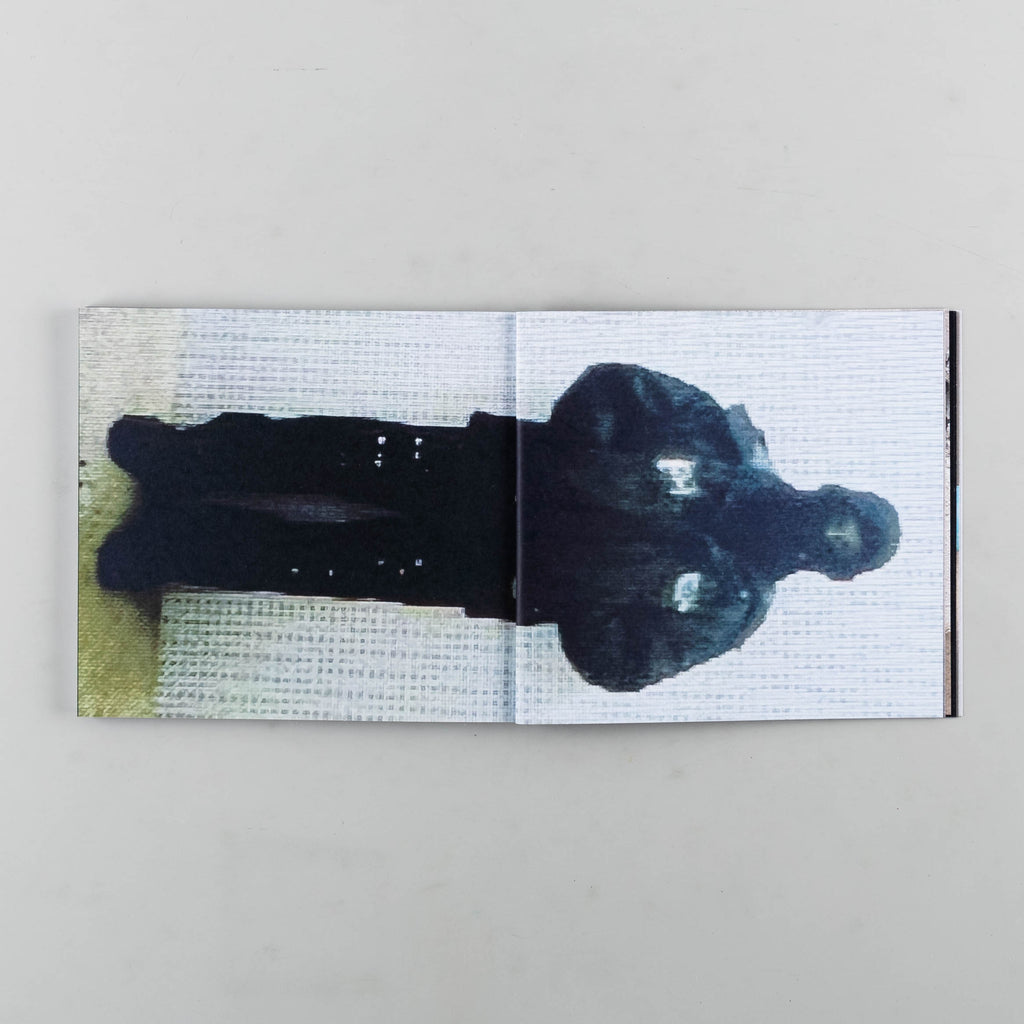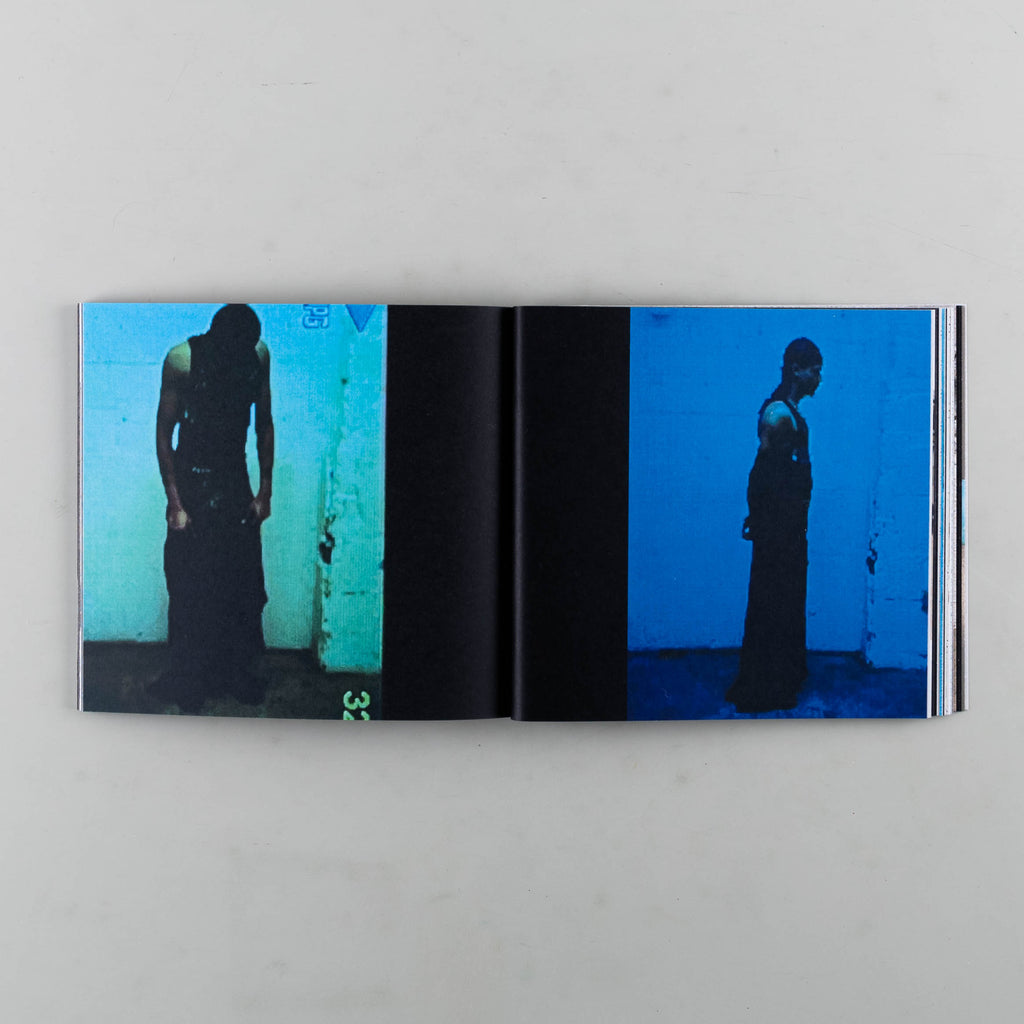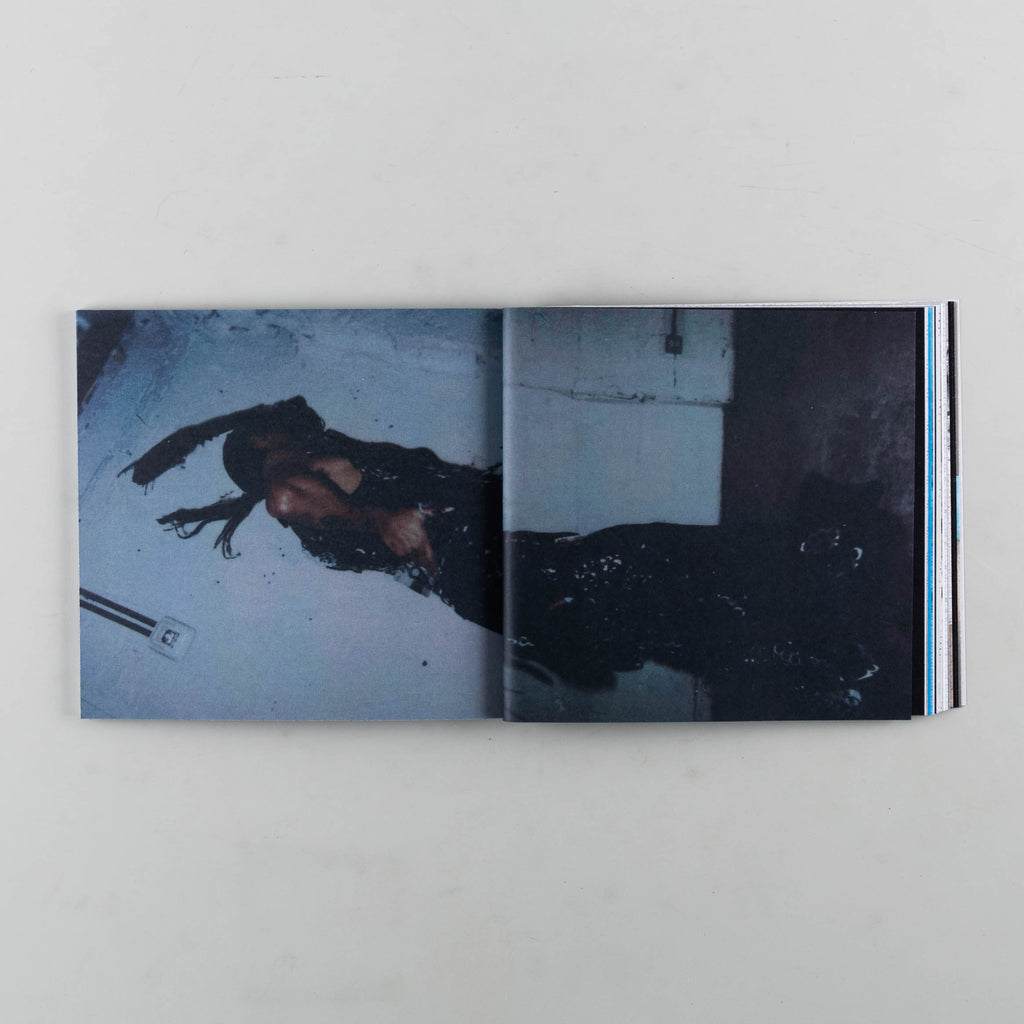Ghetto Body Surrogate / My Body My Song
Allen Golder-Carpenter
£15.00
Ghetto Body Surrogate / My Body My Song, a publication from Allen Golder-Carpenter
Text taken from the solo exhibition of the same name at SCREW Gallery, of which this publication was released alongside:
One of the issues that often comes up with art attempting to explore, platform or reconcile... Read More
Ghetto Body Surrogate / My Body My Song, a publication from Allen Golder-Carpenter
Text taken from the solo exhibition of the same name at SCREW Gallery, of which this publication was released alongside:
One of the issues that often comes up with art attempting to explore, platform or reconcile itself with any given form of identity is the sanitisation with which that identity is met. In order to make a sense of what makes a person, region, religion or race as visible as possible, it's necessary that it becomes simplified - contemporary art leans towards the Cliff Notes of self.
Allen Golder Carpenter rejects this entirely in 'Ghetto Body Surrogate - My Body My Song' - his debut European solo exhibition.
The works on show act individually but also comprise an installation inspired by his Fashion practice, tied inherently to his work within contemporary art. Bodies are scattered across the room, reduced and reconstructed from cultural signifiers specific to the DC Metro Area, decontextualised and placed in West Yorkshire.
In his accompanying text of the same name, Carpenter states:
since art people love the term “black bodies” so much, I went ahead and made some
Challenging an art world in which phrases like Black Figurative Painter become active search terms on digital sales platforms, Carpenter’s latest body of work rejects the repackaging of Black identities as digestible art practice to be consumed and repatriated to a majority white audience. Instead, this new exhibition creates an opportunity for viewers to gain insight into the ways in which different social and cultural identities are established and more broadly, what aesthetics act as anchor points within those identities.
Carpenter's work is deeply personal, rooted in his own experiences and the active creation of critical distance between them and the establishment of conscious self, utilising a con-lang built partly from growing up in the suburbs of DC and partly from a semiotic deconstruction of that circumstance in real time. In spite of the specificity of individual works, the practice is equally rooted in the establishment of an analytic system capable of understanding how and why certain aesthetics (in the loosest sense) become entrenched within our sense of self and social demographic. Moving far beyond an illustration of experience, the artist's interdisciplinary practices act as framework from which forensic investigations are conducted through material exploration of different objects, cultures and experiences.
Although, using objects as an example, there is a defined relationship to specific regional identities within the work, they act equally as a marker from which viewers can build on their own versions of those pieces. In the accompanying text, Carpenter discusses the role of the Total Air Max Foamposite Pro within the context of the exhibition as well as his developing awareness of branding in the development of social identities. The specificity of the shoe is shared with the viewer not with the intention of communicating the value and ultimate nostalgia of the product, instead acting as a symbol of the things which played those same roles in the viewer’s lives. Carpenter describes himself as ‘pining’ after the shoe which hadn’t been available in over a decade, eventually managing to purchase a pair second-hand and having them disintegrate within a couple of weeks of wearing them. In spite of their like new condition, the material itself had deteriorated over their years in storage. The shoe becomes a metaphor for what Carpenter describes as ‘The fading romantic nature of memory’ - the idea that outside of a given time period, these symbols shift into an epitaph of their previous position, taking on a new language in their physical deterioration.
